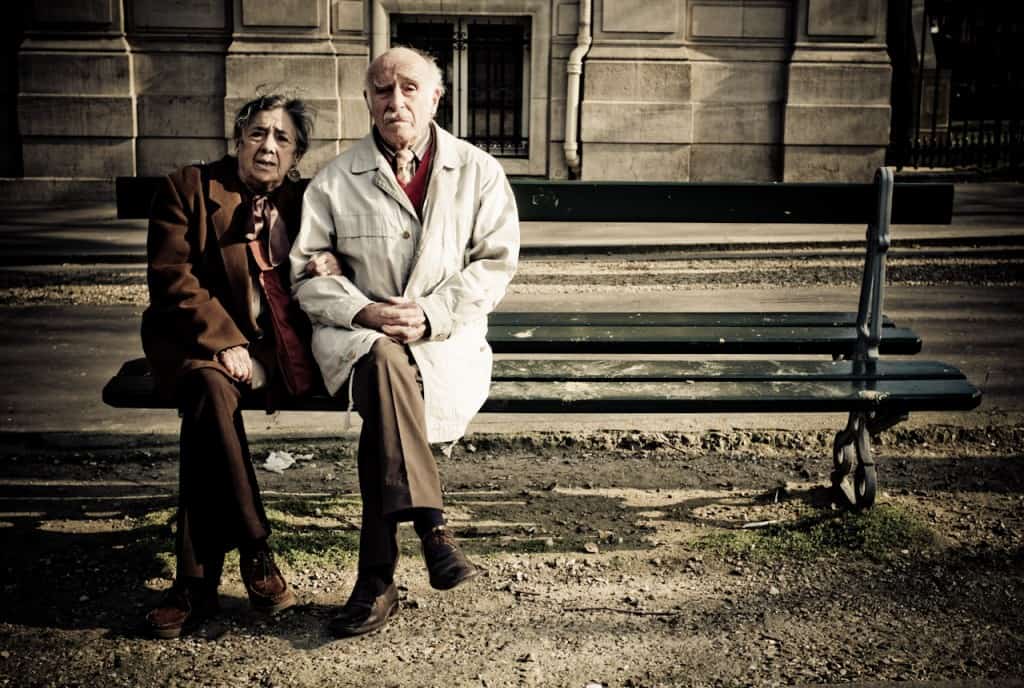Minneapolis has a lot of paths around her lakes, and they attract an interesting mix of people on the weekends. Young couples slowly push strollers as older kids rush ahead with the dog. College-sweatered sweethearts enjoy an inexpensive date as joggers weave around them. High schoolers fill the beaches with playful laughs.
At a play area at Lake Calhoun, an older couple sits on a bench, smiling serenely as they watch young kids climb the jungle gyms, skin knees, and call to mom to watch. A lone hipster sits thoughtfully on a swing, smoking a clove cigarette as she squints out over Lake Calhoun. I often wonder, as I make my own way along the lake paths, what goes through the hearts and minds of these people.
Especially the hipsters. (Speaking of which, bingo!).
***
During Holy Week, I wrote about hearing a lone bell tolling during the Passion reading on Palm Sunday. I mentioned that it drew my attention back to the many sins – the compromises and half-truths – that led to the suffering and death of an innocent man. I mentioned how the tolling bell set the tone for my Holy Week this year.
But bells aren’t just for seriousness and death.
Why? Because at Easter the same bell that last week brought my attentions back to sin and death now signifies new life. The same bell in St. Peter’s façade that tolled the death of John Paul II on April 2, 2005 would – just 17 days later – join the joyous chorus of bells that announced the election of a new pope. That same joyous peal of all of St. Peter’s bells is also heard on Easter, Christmas, and all the major Church feasts throughout the year. In Latin this tolling is called the plenum, the ‘fullness’.
Did you click the link? If not, try it now – open it up and take a moment to listen and to watch the bells. Those bells, small and large, complement to one another. Like little children swinging from monkey bars near an old couple, the playful smaller bells surround the larger bell that intones something of the heaviness and pain that is an inevitable part of life.
***
We’ve heard it said that at death, life is changed, not ended. That somber bell is still there – but it’s not alone any longer. Surrounded with the joyful bells of new life, the toll of death is subsumed into a chorus – arresting, mesmerizing, beautiful. The hurts and sufferings – those we cause, and those we experience – are not magically replaced but transformed into something beautiful. The Catholic writer Heather King puts it this way: “Pleasure is shallow but joy has pain in the middle of it.”
So too, I think, with Easter. Easter joy does not neatly wipe away life’s challenges. But it reminds us that suffering and pain are drawn in close to the heart of God, that God claims it as His own in the death and resurrection of Jesus Christ. It’s a lesson of faith I have to learn again, all the time, because it’s one I easily forget.
In The Great Divorce, C.S. Lewis writes: “That is what mortals misunderstand. They say of some temporary suffering, ‘No future bliss can make up for it,’ not knowing that heaven, once attained, will work backwards and turn even that agony into glory.” As with the plenum bells at Easter, so in the small joys of life. Finding the graces amidst the challenges, learning to forgive past mistakes, and relishing the new life that we find around us. If we have but the eyes to see, and ears to hear, the sources of life around us.
The old couple sits on the bench, taking in the youthful bustle around them. I know nothing about their life together, nothing of the lightness or the heaviness in their lives, but I see in their faces the wisdom that says, at the end of the day, life is good.
I suspect they know what Easter joy is all about.



